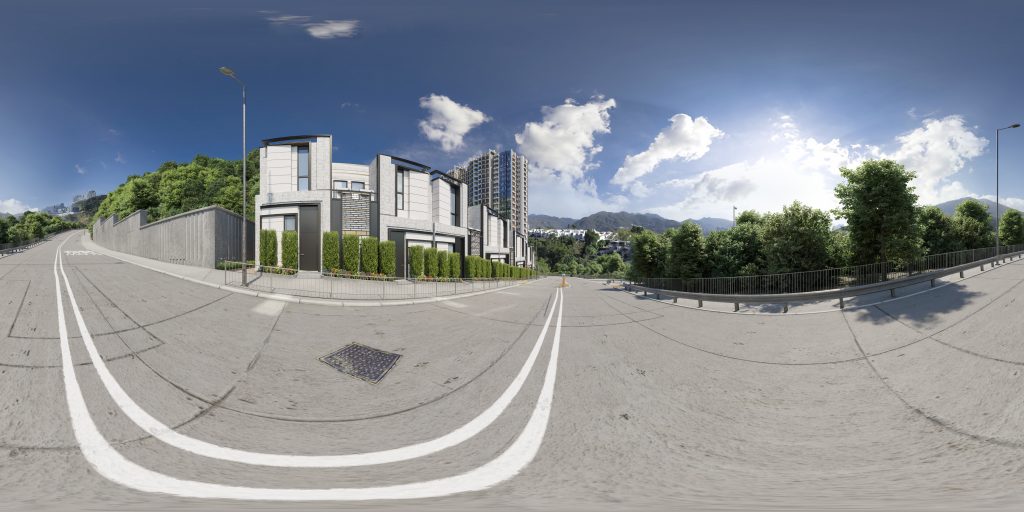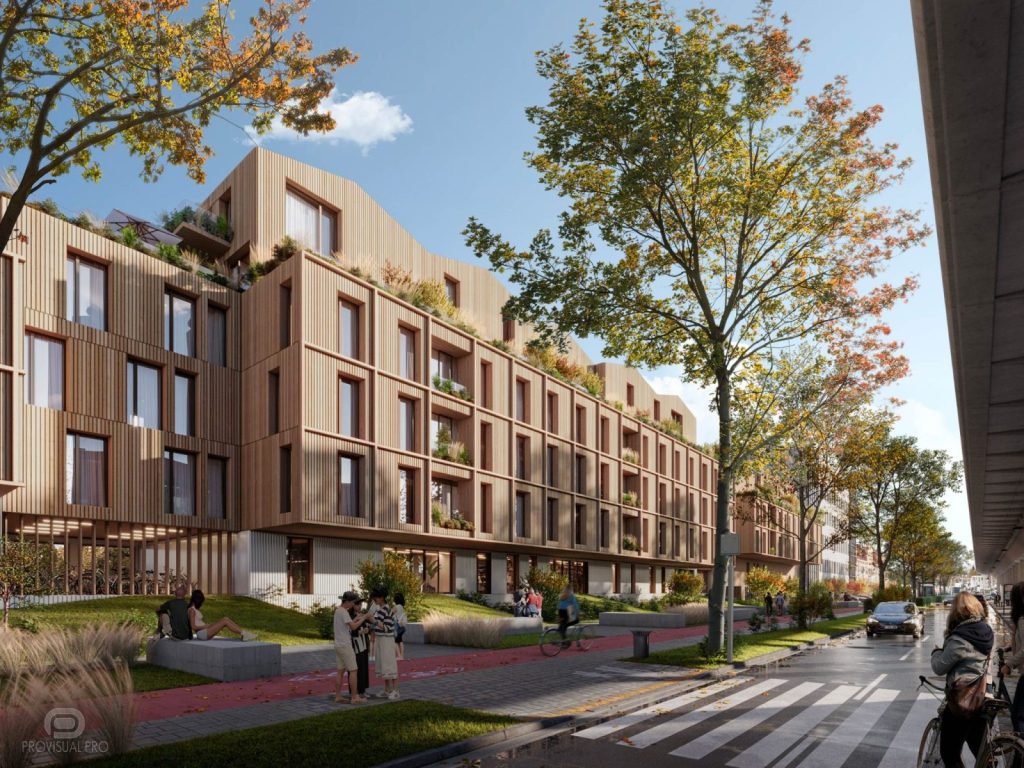Advantages of 3D animation and VR-360 for real estate marketing and advertising
July 23, 2024
In today’s world, where competition in the real estate market is becoming increasingly fierce, marketers and advertising professionals are seeking new ways to capture the attention of potential buyers. One such innovative approach is the use of 3D animation and VR-360 to create interactive and engaging advertising materials. In this article, we will explore the advantages of these technologies and their potential for real estate marketing and advertising.
As buyers become more demanding in terms of the quality of information about real estate visualization, the use of 3D graphics and virtual reality can be a key factor in attracting their attention. These technologies enable the creation of realistic representations of living spaces, helping potential buyers better understand their features and make informed purchasing decisions.
The aim of this article is to analyze the advantages of 3D animation and VR-360 in real estate marketing and advertising, as well as to identify the main trends and future prospects of these technologies in the industry. We will examine how these tools can be used to enhance the effectiveness of advertising campaigns, improve the perception of real estate visualization information, and drive sales.
Advantages of 3D animation for real estate advertising and marketing
- Realistic representation of properties. 3D animation allows the creation of detailed and realistic models of real estate, giving potential buyers an accurate depiction of the exterior and interior spaces of properties. This is particularly important for new projects that are still under construction. Real estate rendering services can bring these models to life with high-quality visuals.
- Visualization of complex concepts. With 3D animation, complex architectural and design solutions can be easily explained. This makes information more accessible and understandable to a broad audience, enhancing the project’s overall perception.
- Interactivity and engagement. 3D animation offers the opportunity to create interactive presentations and virtual tours, enabling potential buyers to explore the property on their own. This increases engagement levels and holds the audience’s attention for longer periods. Real estate drone footage and VR-360 tours can further enhance this experience by providing immersive views.
- Emotional connection. Due to the high level of detail and realism in 3D animation, viewers can form an emotional connection with the property. This helps evoke positive emotions and fosters a stronger desire to purchase the real estate.
- Enhanced visual content for marketing materials. 3D animation significantly improves the quality of visual content used in advertising campaigns, websites, and social media. This helps attract more attention and enhances the overall brand image.
- Time and resource savings. Creating physical models or conducting traditional photoshoots can be costly and time-consuming. 3D animation reduces these costs, providing flexibility in creating and modifying visual materials as needed.
- Competitive advantage. Using advanced technologies such as 3D animation demonstrates a company’s innovation and professionalism, setting it apart from competitors and attracting more clients.
- Ability to showcase various options. 3D animation allows for the easy demonstration of different interior designs, layouts, and other aspects of the property. This helps potential buyers see all the possibilities and choose the most suitable option.
- Increased conversion and sales. Interactive and visually appealing presentations facilitate quicker decision-making by potential buyers, which can lead to higher conversion rates and increased sales.
- 24/7 availability. 3D animated videos and virtual tours can be accessed online at any time, allowing potential buyers to explore properties at their convenience, regardless of geographical location or time zone.
Virtual tours in real estate
Virtual tours can be beneficial for all participants in the real estate market: sellers, buyers, realtors, and investors. They help sellers showcase their properties in the best possible light, while buyers can gain a comprehensive understanding of a property before making a purchase decision. Realtors and investors can also leverage virtual tours to promote their services and attract new clients.
The advantages of virtual tours include:
- Realistic representation of the property. Virtual tours create a realistic depiction of living spaces, helping potential buyers better understand the features of the property and make informed purchase decisions.
- Time and cost savings. Virtual tours save time and money for both sellers and buyers. Sellers do not need to spend resources organizing physical showings, and buyers can view the property at their convenience.
- Increased sales efficiency. Virtual tours enhance sales efficiency by attracting more potential buyers and speeding up the decision-making process.
Various technologies are used to create virtual tours, such as 360-degree panoramas, augmented reality (AR), and virtual reality (VR). The choice of technology depends on the project’s goals and objectives, budget, and technical capabilities.


Open +
Real estate rendering: services and applications
Real estate rendering is the process of creating a realistic image or animation of a 3d model of a building or interior.
Our real estate rendering and modeling services include:
- creating photorealistic images of building facades, interiors and exteriors;
- visualizing architectural projects to demonstrate to clients;
- developing animated videos showing people moving in the building, lighting systems working and other elements;
- preparing presentation materials for the sale or rental of real estate.
The use of rendering in the field of real estate visualization:
- Marketing and advertising. Realistic images and videos help attract potential buyers and tenants by demonstrating the advantages of the property.
- Architectural design. Rendering allows architects and designers to see what the building or interior will look like after construction is completed.
- Analysis and planning. With the help of rendering, it is possible to evaluate the appearance and functionality of the project, as well as make the necessary changes at the planning stage.
- Presentation and negotiations. Presentation materials using rendering simplify the negotiation process and closing deals.
- Training and demonstration. Rendering can be used to train employees and demonstrate the features of a property to potential customers.
- Comparison and selection. Visualization of several design or decoration options helps customers make an informed choice.
- Valuation. Photorealistic images can be used to estimate the value of real estate visualization and determine its market appeal.
- Quality control. Render images allow you to monitor the quality of construction work and make adjustments if necessary.
- After-sales service. Architects and designers can use rendering to develop proposals for improving or modernizing existing properties.
Conclusion
In conclusion, it is worth noting that 3D animation and VR-360 are promising tools for real estate marketing and advertising. They allow you to create a realistic view of the property, attract more potential buyers and speed up the decision-making process about buying.
The advantages of these technologies include creating interactive presentations and videos, demonstrating the future appearance of the building, apartment layouts, interior design and other details that may interest potential clients. It is also worth noting the flexibility of 3D graphics and the possibility of using it to create various promotional materials.
